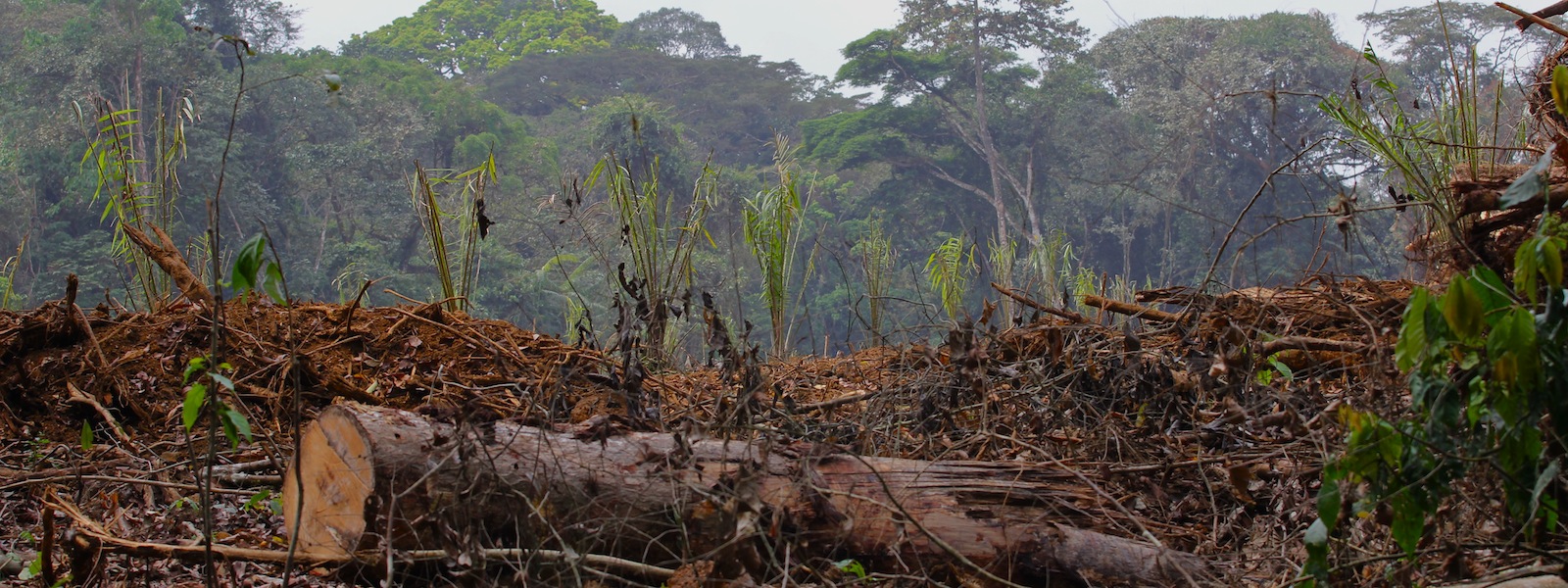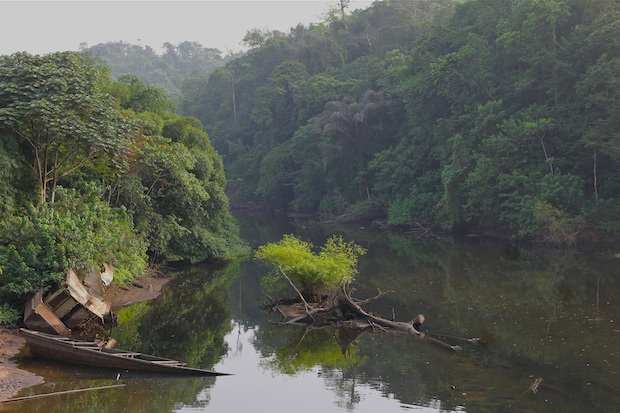The Congo Basin is home to the second largest tropical rainforest on earth. Although the region has been logged for decades, the six Congo Basin countries (Cameroon, Central African Republic, Congo, Democratic Republic of Congo, Equatorial Guinea and Gabon) have low deforestation rates overall. They are referred to as “High Forest, Low Deforestation,” or HFLD, countries. Countries like Indonesia that have lost significant amounts of forest are known as HFHD or “High Forest, High Deforestation.”
As Colin May-Tobin, a policy analyst at the Tropical Forest Initiative explains, the HFLD countries of the Congo Basin are at risk of becoming HFHD countries. This is because Congo Basin countries, for the most part, have, “maintained their high forest cover out a desire for conservation, but because low deforestation rates have more to do with lack of economic and infrastructure development.”
So as the demand for palm oil grows and land becomes scarcer and more expensive in Southeast Asia, the forces of globalization will bring increased palm oil development to Africa. And palm oil plantations will bring roads and other infrastructure that will result in more deforestation. The cost of progress?
May-Tobin suggests that there may be an alternative that could bring development without (or with less) destruction: “African countries also have the potential to be a major player in the deforestation-free palm oil market. Since many African countries produce little palm oil now, they aren’t hindered with a legacy of deforestation and have the ability to ramp up their production without damaging ecosystems. This would allow producers to declare that all palm oil from a given country is deforestation-free. This makes it much easier for consumers and companies to make informed decisions of what palm oil to buy.”
This is easier said than done as palm oil is a global commodity with myriad uses and separating “deforestation free” palm oil from the rest will be a challenge. But the good news is that organizations like the Rainforest Foundation and Greenpeace are drawing attention to palm oil development in the Congo Basin now, before major damage is done. Why not imagine being able to purchase palm oil with country-of-origin labeling that would guarantee zero deforestation?


hello there am touched by the images am seeing here they really picks Africa that really good bringing out the really image of the continent of legendary hospitality